Italians love to spend this day on holiday or alternatively organise outings, lunches and barbecues with friends.
But what is the origin of this famous holiday?
Find out with us how Ferragosto is celebrated in Italy and why.

History of Ferragosto
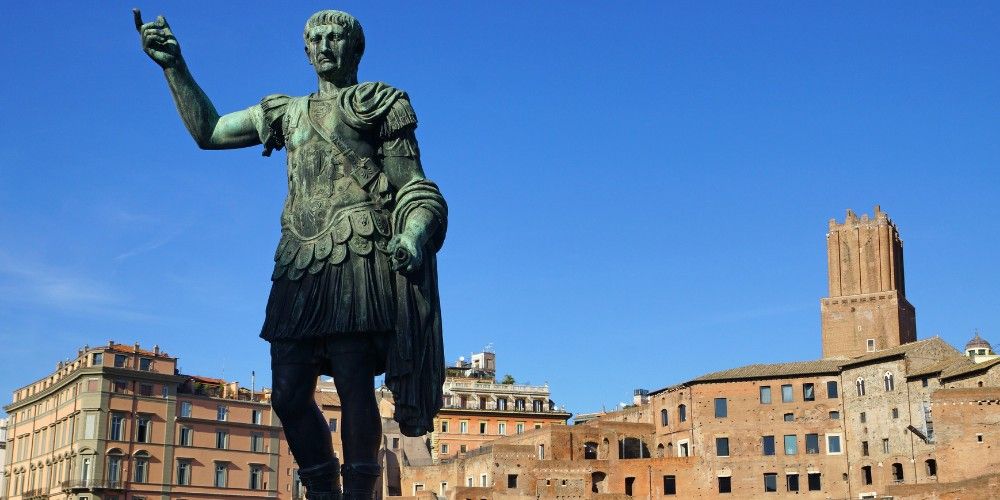
The festivity has Roman origins and the term Ferragosto derives from the Latin "Feriae Augusti" (August rest), a locution referring to a festivity called by the Emperor Augustus in 18 BC.
The feast was part of the period of the festivities dedicated to Conso, god of the earth and fertility, and was called with the aim of ensuring an adequate rest after the efforts made in the previous weeks of work. On the feast day, horse races were organized throughout the empire.
The date of the ancient Ferragosto was August 1st. It was the Catholic Church that moved the date to the 15th, in order to make Ferragosto coincide with the religious celebration for the Assumption of Mary who died and was reborn on this day, being received into heaven.
Ferragosto became popular and began to be associated with summer holidays during the fascist period. The regime, through the after-work associations, began to promote 'popular trips' on 'popular trains' that had reduced fares between 13 and 15 August.
In this way, even the economically disadvantaged classes could visit the country and afford a few days' holiday.
Ferragosto today: traditions and celebrations

Other traditions include competitions of various kinds, such as the Palio dell'Assunta of August 16th in Siena, or the Palio marinardo dell'Argentario of Porto Santo Stefano.
The Ferragosto, moreover, is a festivity that many people all over the territory celebrate by going to the sea or making excursions. Still others, especially young people, take part in the many events that clubs and bathing establishments all over Italy organize for the occasion.
For inspiration and suggestions check out our 10 ideas for spending Ferragosto in Italy.
Visit the Siena Cathedral, masterpiece of Italian GothicWhat is celebrated on 15 August in Italy?
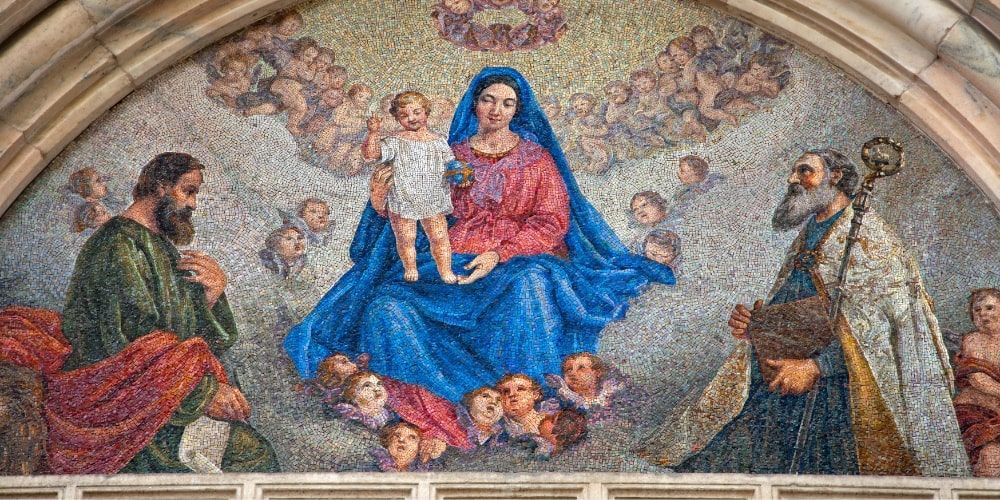
Among the most eagerly awaited and heartfelt holidays that permeate our culture, there is Ferragosto, whose origins date back to the Roman Empire. As we mentioned earlier, these ancient festivities, which celebrated the completion of agricultural activities, marked an entire month of festivities and rest from the work of sowing, harvesting, and harvesting.
The advent of the Christian religion, recognised as an official faith following Emperor Theodosius' decree, reformulated the pagan calendar, superimposing festivities and liturgical celebrations of the new creed.
In the Christian age, therefore, this date was chosen to celebrate the Feast of the Assumption of Mary, whose dogma was proclaimed by Pius XII in 1950. During this religious holiday, the Catholic Church celebrates the Immaculate Virgin, immune from original sin, who, according to the Catholic Church, was materially received into the heavenly glory of Paradise.
The reasons why it was decided to celebrate the Solemnity of the Assumption on 15 August are complex: according to the thesis of the authoritative scholar and biblical scholar, Father Alberto Valentini, they can be traced back to the rites and customs of 5th century Jerusalem.
Why is Ferragosto celebrated in Italy?

From the 7th century, therefore, 15th August became a festivity rich in symbolism, with multiple historical and cultural values and meanings. In addition to its religious importance, Ferragosto has also taken on new meanings, becoming a popular festival and a much-awaited time to indulge in leisure and relaxation.
As we said earlier, the establishment of the so-called special express trains for popular holiday services, nicknamed the Ferragosto Popular Trains, by the Ministry of Communication in 1931 helped to enhance the popular aspect of the special summer holiday. The service made it possible to travel at reduced fares to holiday destinations, thus promoting the development of mass tourism.
Today, taking advantage of the opportunities offered during the summer period also means being able to discover unique and charming locations. For those departing from Bari, for example, it’s possible to embark on an exciting tour among the splendid trulli of Alberobello, the artistic and scenic treasures of Monopoli, and the spectacular natural landscapes of Polignano, using the Visit Italy ticket.
Discover the tour of Alberobello, Monopoli and PolignanoWhat do we do at mid-August?

In Italy, there are numerous religious festivals dedicated to the Assumption, including the devotional procession of Santa Maria Capua Vetere, of Orgosolo, of Pachino, of Monopoli, of Casacanditella, of Orvieto, the Historical Procession of the County of Atri, the patronal feast of Bobbio, the feasts of Canzo and Fermo, Monte di Procida, Maruggio, Marzocca, Pozzuoli, Rossano, and Nocelleto.
According to tradition, on the occasion of this famous midsummer feast, families, lovers, and friends enjoy the relaxed and cheerful atmosphere of the summer holidays by following specific popular Italian customs associated with this important festive occasion.
Delicious picnics, packed lunches, outdoor barbecues and opulent tables, cocomeratas, festivals, historical reenactments, and beach parties are prepared, people have fun with water balloons on the beach and set off on exciting out-of-town trips and adventurous excursions to picturesque villages or relax with invigorating swims in the sea.
During the night of Mid-August, you can also watch wonderful firework displays in the magnificent tourist resorts of our peninsula, take part in enthralling festivals, and admire the crackling of bonfires on the beach, letting yourself be caressed by the rhythmic, enveloping sound of the waves of the sea in the distance.
Visit the vineyard and the winery in MontepulcianoTraditions and attractions of the Italian Ferragosto
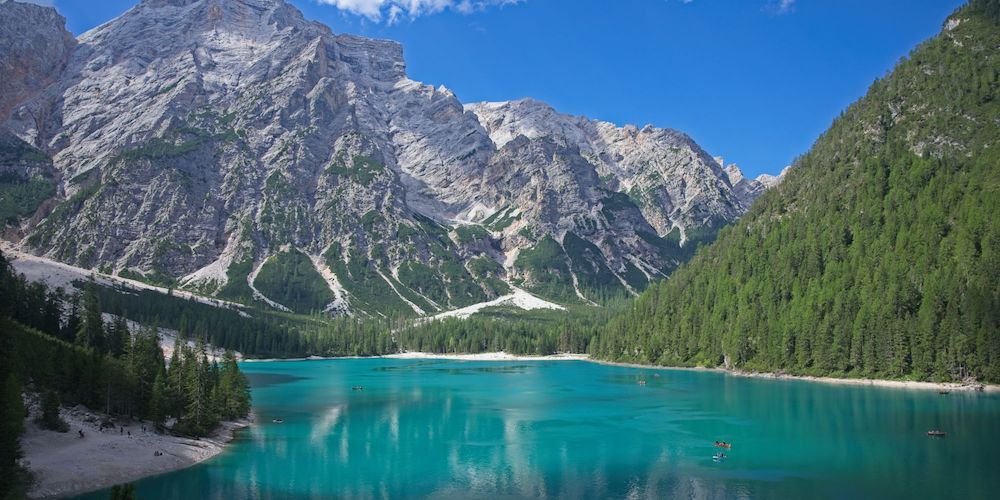
For mid-August in Italy, everything stops, metropolises depopulate, the most businesses and services close to enjoying the festivities, while music festivals, shows and celebrations are organized in the squares.
It’s a festivity particularly rooted in the history and culture of Italians with fascinating origins, which is also an invitation to enjoy moments of respite with family and friends. There are also legends and traditions linked to popular folklore, including the propitiatory ritual of the Fuoco di Sant’Elmo.
To restore and invigorate yourself from the torrid heat, it is an excellent suggestion to take a refreshing swim in the crystal-clear seas that lap our shores, in lake or river basins, paying close attention to areas where bathing can be done safely.
If you are looking for a tantalizing alternative to entertain your children, you could enjoy a marvelous day out with them by visiting a relaxing natural park and amusement park, or choosing an exhibition with an engaging, interactive multimedia display.
Among the many options for the evening, it's possible to attend patron saint festivals and enjoy open-air film screenings. Thanks to the festive and joyful atmosphere, these events represent an important attraction for travelers coming from abroad.
Alternatively, join an engaging guided tour to discover the wine-making excellences of Montepulciano, and taste the delicacies of the Valdichiana, also enjoying a delicious picnic, with the Visit Italy ticket.
Visit the vineyard and the winery in MontepulcianoIn which countries is Mid-August celebrated?
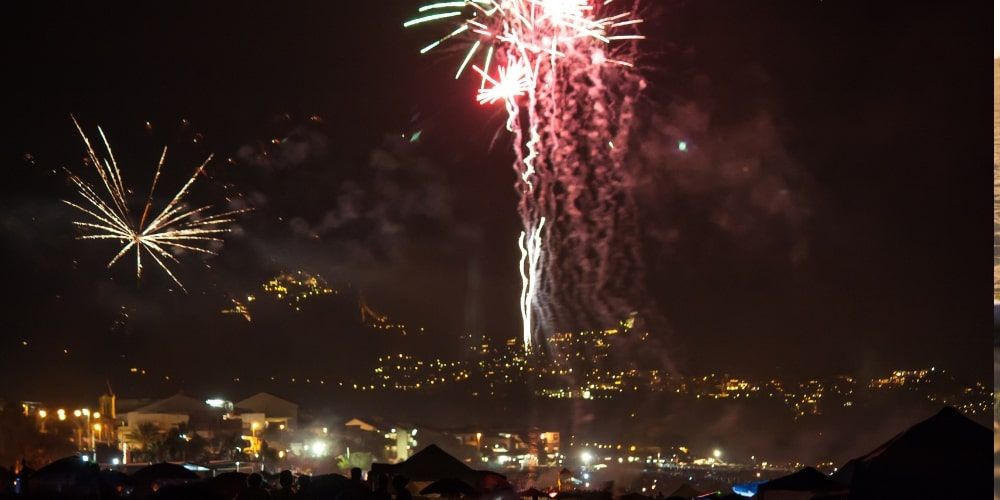
The celebration of Ferragosto as a national feast day is very well-known in many countries where the cult of Catholicism prevails, such as France, Spain, Croatia, Belgium, Portugal, and Poland, and in some countries where the state religion is Orthodox, including Romania and Greece. In Switzerland and Germany, due to a federal model, this festivity is only recognized in certain areas.
Turning our attention to the American continent, Ferragosto is very much celebrated in Latin American nations, including Colombia and Chile, but not in Argentina, and Brazil. This holiday is not included in the calendar of public holidays in countries with an Islamic majority and in Northern Europe, which is devoted to the Protestant faith.
Ferragosto 2025 in Italy: unmissable events blending music and tradition

Ferragosto 2025 lights up with a vibrant and engaging atmosphere, where music and tradition intertwine in unique and authentic experiences.
The notes of today’s top artists resonate in the stunning setting of Olbia, Sardinia, during the Red Valley Festival, which from August 13 to 16 brings international stars to the stage and thousands of spectators ready to dance until late at night.
Further south, in Amalfi, the traditional Ferragosto Feast celebrates the Madonna Assunta with a captivating sea procession: the statue is carried on an illuminated boat, while fireworks and live music light up the night, creating an atmosphere of devotion and celebration that embraces the entire village.
In Siena, the famous Palio dell’Assunta takes place, with the districts competing in Piazza del Campo in a horse race that is much more than a contest: it is identity, passion, and pride.
Finally, in Prato Nevoso, Piedmont, on August 15, the traditional Ferragosto Symphony Concert is held, a unique event that combines classical music with high altitude, offering an extraordinary cultural experience in the heart of the Cuneo Alps.
Main events Ferragosto 2025:
- Red Valley Festival, Olbia.
- Ferragosto Feast, Amalfi.
- Palio dell’Assunta, Siena.
- Ferragosto Symphony Concert, Prato Nevoso.
About the author
Written on 24/07/2024

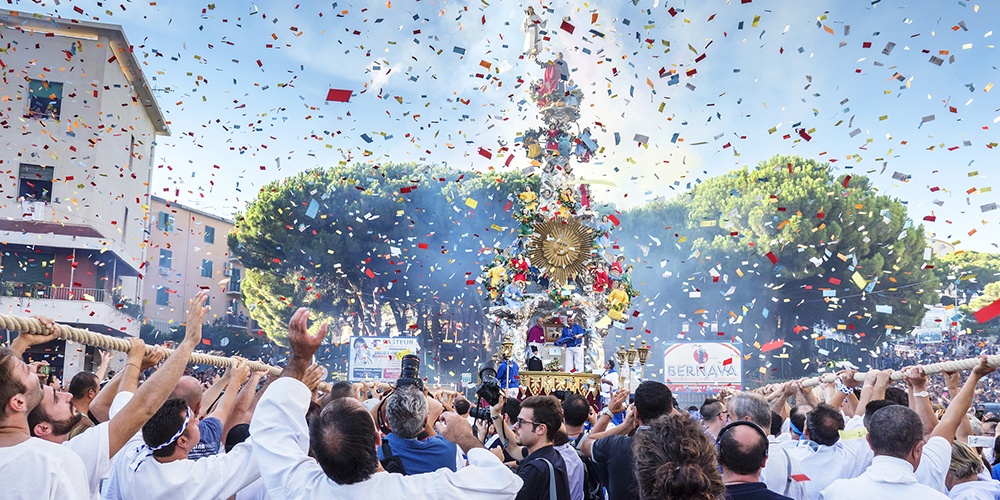

Redazione Visit Italy
Ferragosto: origins, history and traditions of this typically Italian holiday.